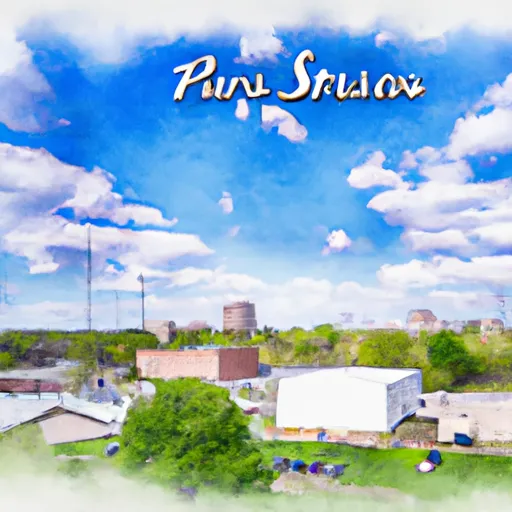°F
°F
mph
Windspeed
%
Humidity











Star Prairie is a charming village located in St. Croix County, Wisconsin. It experiences a continental climate, characterized by warm summers and cold winters. Average temperatures range from around 20°F (-7°C) in January to 80°F (27°C) in July. The area receives an average annual precipitation of approximately 30 inches, with snowfall common during the winter months.
Hydrologically, Star Prairie is situated near the Apple River, a popular attraction for outdoor enthusiasts. The river provides opportunities for activities such as canoeing, kayaking, and fishing. Additionally, the region boasts several lakes and ponds, including Little Blake Lake and the Cattail Lake Wildlife Area, offering further opportunities for boating, swimming, and wildlife viewing.
Outdoor recreation in Star Prairie extends beyond water activities. The village is surrounded by picturesque landscapes, offering ample opportunities for hiking, biking, and camping. The Star Prairie Nature Preserve is a notable destination, showcasing diverse plant and animal life within its 55 acres. The nearby Kinnickinnic State Park also provides visitors with scenic trails, picnic areas, and a chance to explore the beautiful Kinnickinnic River.
In summary, Star Prairie, Wisconsin, offers a pleasant climate, features water attractions like the Apple River, and provides various outdoor recreation opportunities including hiking, biking, and camping.
Weather Forecast
Star-Prairie receives approximately 809mm of rain per year, with humidity levels near 84% and air temperatures averaging around 7°C. Star-Prairie has a plant hardyness factor of 4, meaning plants and agriculture in this region thrive during a short period during spring and early summer. Most plants will die off during the colder winter months.
Regional Streamflow Levels
6
Cubic Feet Per Second
14
Cubic Feet Per Second
17
Cubic Feet Per Second
301
Cubic Feet Per Second
Nearby Camping
| Camping Area | Reservations | Toilets | Showers |
|---|---|---|---|
| Lake Keomah State Park | |||
| Quercus Wilderness Area | |||
| McGowen Rec Area | |||
| Union Mills Access | |||
| Eveland Access | |||
| Aaron Provincial Park |



